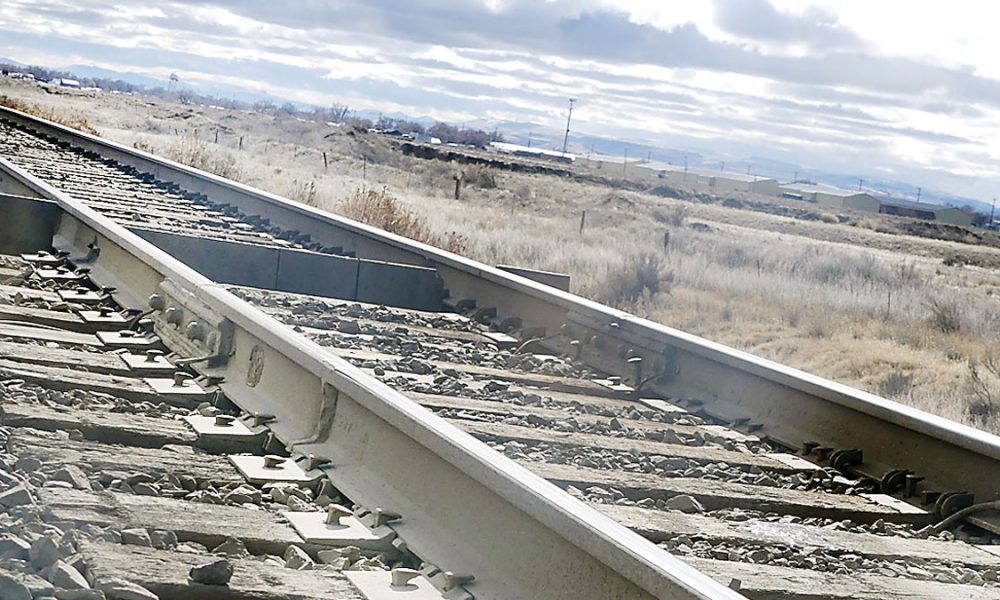
The most important detail to keep in mind about the proposed Treasure Valley Reload Center is that the $26 million needed to build it is public money. Every dollar comes out of taxpayers’ pockets. The taxpayers and not industry or private interests are the ones being asked to underwrite this rail shipping center and they need confidence their money is going to be well spent.
That’s not entirely clear at the moment, and that is the fault of Malheur County Development Corp. and the officials promoting this project.
Let’s be clear. Done right, the shipping center could be a major boost to the Malheur County economy. It could strengthen our mainstay commodity – onions. You might say that if it’s good for onions, it’s good for Malheur County. More importantly, a lively rail center could draw other industry and business, bringing private investment and new well-paying jobs.
That’s why this has to be done right. Some local officials are bristling that anyone would question their plans. But state employees are asking tough questions not because they want to derail this, but to ensure its success. Oregon is littered with projects that seemed good ideas and took millions in taxpayer dollars and then flopped. Malheur County doesn’t need to be on the list of failures.
And how our community performs on this project has impacts beyond bins of onions. The state board looking at economic disparities between Oregon and Idaho is asking for special legislation to ease land use rules, open up recruiting of teachers, and make it easier to bring trade professionals. Oregon legislators will want to be confident that Malheur County can well handle any dispensations it receives.
State officials have raised key concerns about the rail project. Those in charge say they have answers – but they’ll give them to the state before they give them to the local community. That’s wrong. The community deserves straight answers and straight talk before anyone else.
A key reason: possibly more public money going into this project. State officials say there is a risk the shipping center won’t pencil out unless there is even more public subsidy. That means, in truth, that taxpayers could be asked to cover any red ink, and that could well mean county taxpayers have to shore up the rail center through Malheur County government.
That doubts are raised about what should be a unifying project for the community rests with those in charge. They have been unable to provide clear explanations for how the cost for just the ground has gone from $1.6 million to $2.8 million to – just recently – $3.9 million. Suddenly, the project includes buying two other pieces of ground that weren’t proposed to the state.
The state was told that only one piece of ground – the Farmer property – was needed. The state was told 100 acres of that was needed for the rail project, leaving 190 acres for future industrial development.
The state was also told plans for the reload center had to be trimmed because there wasn’t enough money. A rail spur was dropped. The building size was reduced. Improvements to Oregon Highway 20 were postponed. Now, though, the project suddenly has enough money in the budget to buy two other parcels in Nyssa. Maybe that’s prudent, but this sort of shifting accounting only raises more questions.
Malheur County Development Corp. can’t blame lack of time or money for these issues. The reload center was unveiled in late 2017, and the team had nearly a year to sharpen its pencils and get the plan down. It also had consultants who went through $350,000 to get us where we are today. The responsibility for this project rests in part with Greg Smith, the project manager, but ultimately this is the duty of the eight-person board populated with local, smart business operators. Yet records show the board hasn’t met very often or very long. The board couldn’t do any business at a meeting last July because only half the directors showed up. The board didn’t meet again until last December, when they worked for 90 minutes, and then again last month in a meeting that lasted 27 minutes.
Twenty-seven minutes to oversee one of the county’s greatest economic hopes seems insufficient. City councils and school boards meet for hours – and on a monthly basis. Perhaps there wouldn’t be so many questions about the reload center if the board were more engaged.
On Thursday, the board and county officials have a chance to ease worries not only of state officials but also of the community. That will take forthright answers and clear information in the appearance before the Oregon Transportation Commission. And once that’s done, Malheur County Development Corp. should do more to answer community concerns not with anger or dismay but transparency and reliable information. The county’s economic future rests on how well they do that. – LZ




